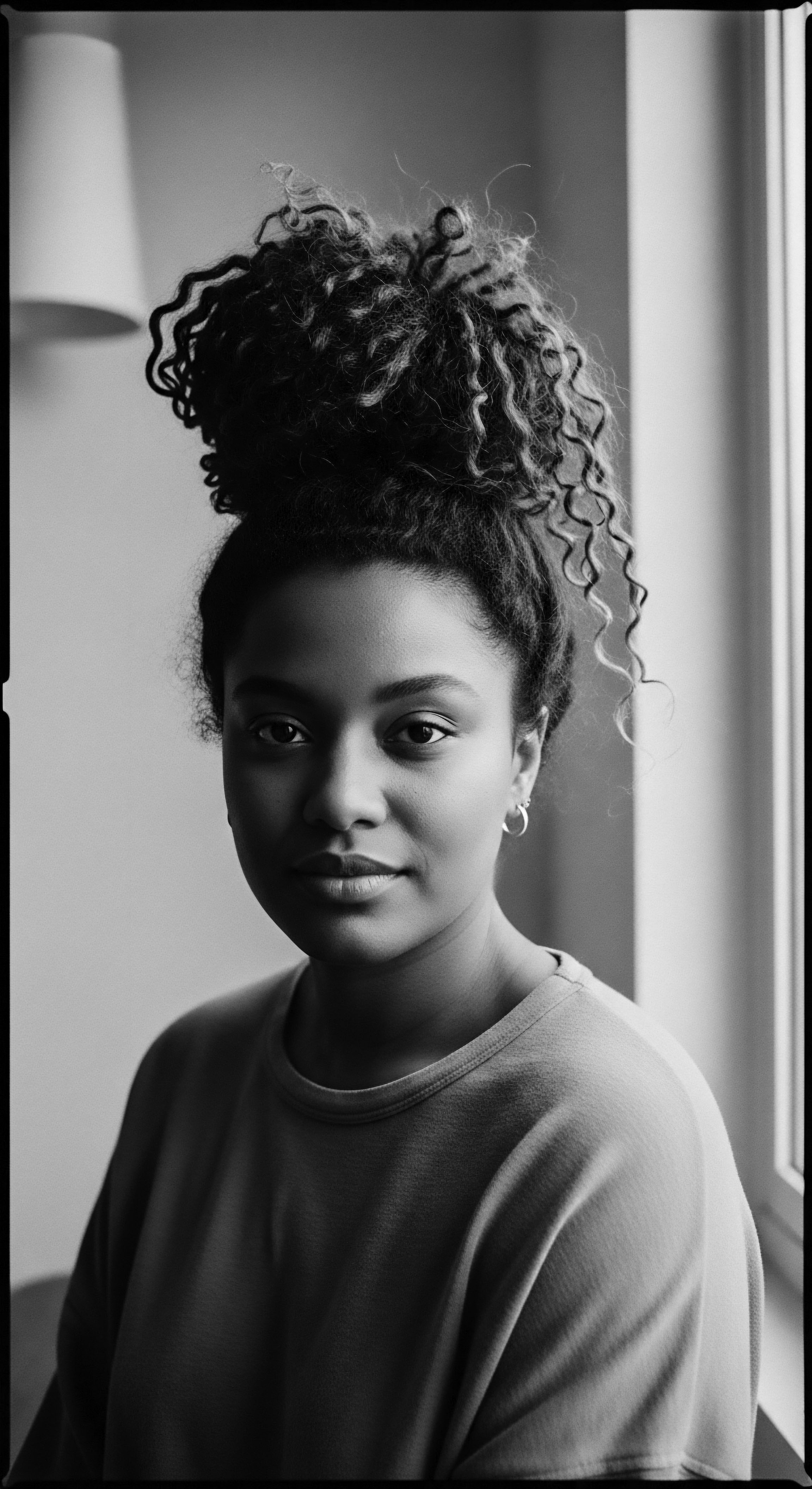
Roots
In the quiet spaces of our understanding, where the whispers of generations meet the tangible presence of the earth, a deep connection to hair care reveals itself. For those with textured strands, this connection runs particularly deep, woven into the very fiber of identity and ancestral memory. Our hair, a crowning glory in countless cultures, carries not only our personal stories but also the collective wisdom of those who came before us.
This legacy guides our hands as we seek natural ways to cleanse and honor what grows from our scalps, leading us back to the most elemental of allies ❉ clays. The earth’s ancient deposits hold secrets, long understood by communities whose lives depended on the direct relationship with their environment, offering a gentle yet profound purification that respects the hair’s natural rhythm and spirit.

From Earth’s Embrace How Clays Began Their Journey
The story of clays in hair care commences with the earth itself, a narrative stretching back thousands of years. These geological formations, born from volcanic ash or weathered rock over eons, possess a remarkable structure. They are composed of fine mineral particles, often layered silicates, that give them their distinctive feel and exceptional properties. Ancient civilizations across continents intuitively recognized these unique qualities.
In North Africa, particularly Morocco, rhassoul clay, derived from the Arabic word ‘ghassala’ meaning “to wash,” was utilized for millennia, with traces of its use dating back to Egyptian papyri. This historical record underscores a continuous practice, passed through countless hands, honoring the earth’s gift.
Clays offer a natural cleansing that respects the hair’s natural state and carries the weight of ancestral wisdom.

The Elemental Biology How Do Clays Purify Textured Hair
At the heart of clay’s cleansing power lies its unique electrochemical nature. Most cosmetic clays, such as Bentonite and Rhassoul, carry a negative electrical charge. This characteristic is crucial, as it allows them to act as natural magnets for impurities often found on hair and scalp. Product residues, excess sebum, environmental pollutants, and even certain heavy metals typically carry a positive charge.
When a clay is mixed with water, its particles swell, allowing these charged ions to become more active. The negative sites on the clay attract and bind to the positively charged debris and toxins. This process is known as adsorption, where substances adhere to the surface of the clay particle. Upon rinsing, the clay, now laden with impurities, washes away, leaving the hair and scalp feeling refreshed and clean without stripping away essential natural oils.
This remarkable mechanism explains why clays can cleanse so effectively yet gently, preserving the scalp’s delicate pH balance, unlike harsher chemical cleansers. The minerals present in clays, such as Magnesium, Silicon, Calcium, and Potassium, contribute to their purifying and remineralizing properties. For textured hair, which often benefits from retaining its natural moisture and oils, this gentle yet thorough cleansing is particularly advantageous.

Hair’s Structural Uniqueness and Clay’s Resonance
Textured hair, with its unique coil, curl, or wave patterns, possesses a distinct anatomical structure. The cuticle layers, which act as the hair’s protective outer shield, are often raised in textured strands, making them more susceptible to moisture loss and dryness. This structure also means textured hair can experience more product buildup, as styling agents can nestle into the coils and curves. Clays, by their very nature, address these particularities.
Their soft, almost slippery consistency when wet allows them to glide along the hair shaft and penetrate the scalp, lifting impurities without causing undue friction or damage. The conditioning properties of certain clays, such as rhassoul, help to leave the hair soft and manageable, enhancing its natural elasticity and shine.
| Type of Clay Rhassoul Clay (Ghassoul) |
| Primary Historical Origin North Africa, particularly Morocco |
| Traditional Hair Application Used as a natural shampoo and body wash in hammams, for purification rituals. |
| Observed Benefit (Ancient/Modern) Cleanses without stripping, absorbs excess sebum, leaves hair soft and shiny. |
| Type of Clay Bentonite Clay |
| Primary Historical Origin North America (Fort Benton, Wyoming), Iran, India |
| Traditional Hair Application Historically used as a hair cleanser and for therapeutic purposes. |
| Observed Benefit (Ancient/Modern) Draws out toxins and impurities, detoxifies scalp, adds moisture and definition. |
| Type of Clay Kaolin Clay |
| Primary Historical Origin Ancient China, Native American tribes |
| Traditional Hair Application Used for ceremonial purposes, medicinal treatments, gentle cleansing. |
| Observed Benefit (Ancient/Modern) Gently cleanses, removes impurities without stripping natural oils, ideal for sensitive scalps. |
| Type of Clay These clays, with their rich mineral profiles, have been part of hair care rituals for millennia, demonstrating a deep ancestral understanding of natural purification. |
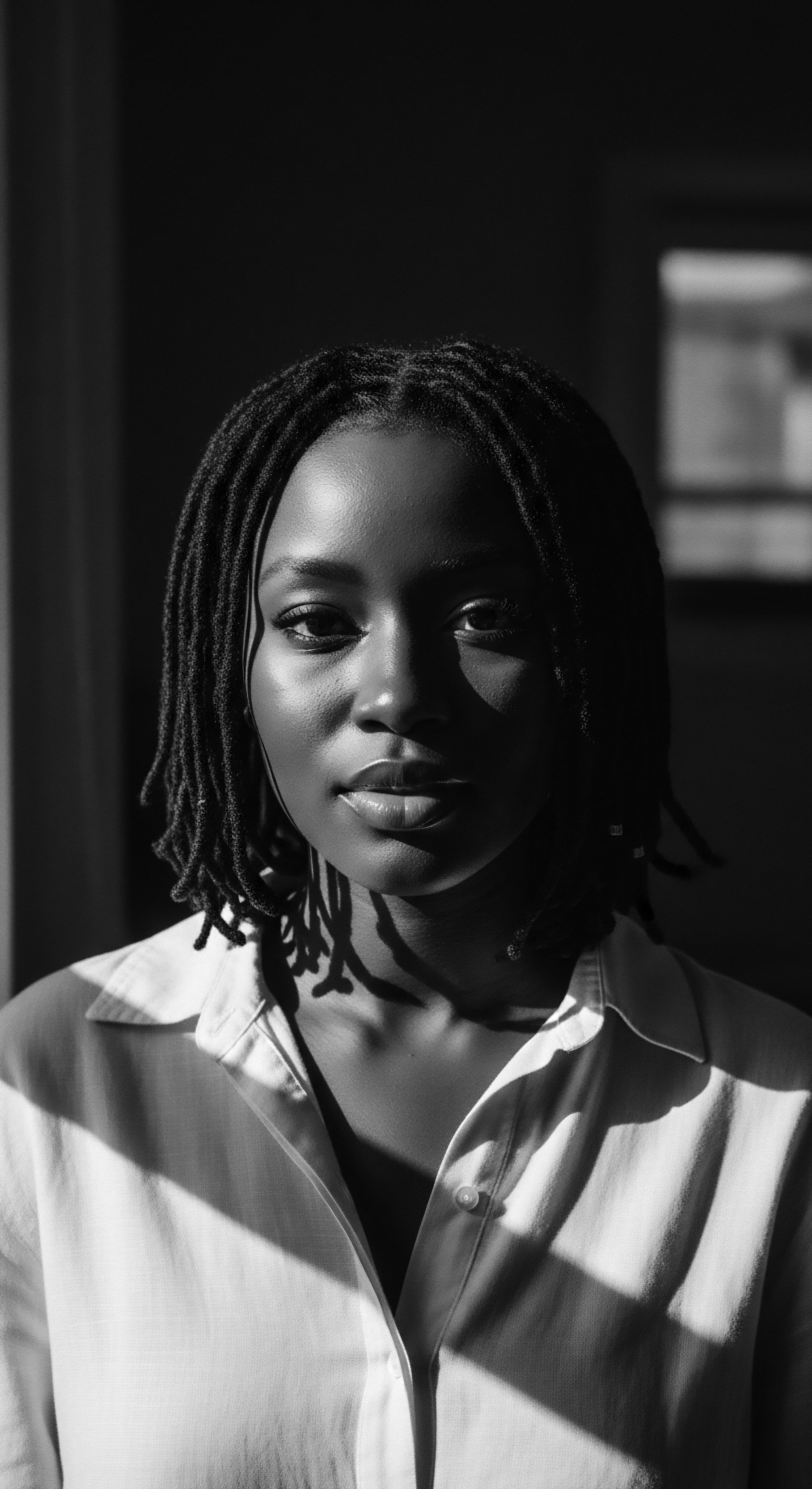
Ritual
The act of hair cleansing, stretching beyond mere hygiene, becomes a ritual, a profound connection to self and lineage. For communities whose hair has often been a canvas for expression, identity, and even resistance, these practices hold a special weight. The application of clays, in particular, transcends a simple wash; it steps into a sphere where ancestral knowledge meets intentional care, echoing practices that have sustained textured hair through generations. These are the tender threads that bind us to a heritage of resilience and beauty, where every cleanse speaks to a long-held tradition of honoring our strands.

What Deep Cultural Significance Do Clay Cleanses Hold
Across the African diaspora and within various indigenous cultures, hair care was, and remains, a sacred activity. It often signified social status, marital standing, age, or even spiritual connection. The communal nature of hair grooming served to strengthen familial and community bonds. When considering clays within this context, we see not merely a cleansing agent, but an element deeply rooted in the earth, itself a source of life and wisdom.
The use of natural ingredients like clays for hair was a direct reflection of a people’s understanding of their environment and their capacity to adapt its gifts for holistic well-being. This wisdom was passed down through generations, becoming an integral part of family traditions and community life.
One powerful example of this historical and cultural integration comes from the Himba people of Namibia. Himba women traditionally apply a paste known as Otjize, a mixture of butterfat and red ochre pigment (a type of clay), to their skin and hair. This blend serves multiple purposes ❉ it offers protection from the harsh desert sun, provides a form of hygiene in water-scarce environments (as it flakes off, it removes dirt and dead skin), and signifies cultural identity, marital status, and beauty. The deep reddish hue of otjize, applied to intricate plaited hairstyles that begin from puberty, is a visual marker of their heritage and continuous ritualistic care.
This practice, often seen as a protective and beautifying ritual, stands as a testament to the ancestral ingenuity in utilizing earth’s resources for hair health and cultural expression, directly challenging modern, often Eurocentric, beauty ideals. (Toliver, 2015, p. 89)

Ancestral Preparations and Application Methods
Traditional clay cleansing often involved simple yet effective preparation. Clays were typically mixed with water, sometimes warm, to form a smooth paste. The consistency was carefully adjusted to allow for easy application and effective spreading across the scalp and hair. This mixture could be applied directly to wet hair, massaged into the scalp, and then worked through the strands.
The time allowed for the clay to sit varied, allowing it to draw out impurities and condition the hair before a thorough rinse. The absence of harsh chemicals ensured a gentle process, preserving the natural moisture balance so vital for textured hair. This practice highlights a mindful approach to care, where efficacy was coupled with respect for the hair’s inherent qualities.
The Himba’s otjize tradition showcases clay’s protective and identity-shaping role in hair care across generations.
The understanding of clays was not confined to a single region. Indigenous peoples of the Americas used natural ingredients like Yucca Root to create shampoos, and Aztecs applied Kaolin Clay for ceremonial and medicinal purposes. In ancient India, Ayurvedic traditions dating back over 5,000 years incorporated clays for skin and body masks, reflecting a holistic view of well-being that included hair care. These diverse yet parallel histories underscore a universal recognition of clay’s cleansing and restorative properties.
- Rhassoul Clay ❉ Often mixed with warm water to create a soft, silky paste, applied to hair and scalp as a natural shampoo, particularly beneficial for oily scalps.
- Bentonite Clay ❉ Frequently combined with apple cider vinegar to balance its pH and enhance its clarifying properties, especially for removing heavy product buildup.
- Kaolin Clay ❉ Known for its mildness, often used in gentler cleanses or for sensitive scalps, mixed with water or herbal infusions.
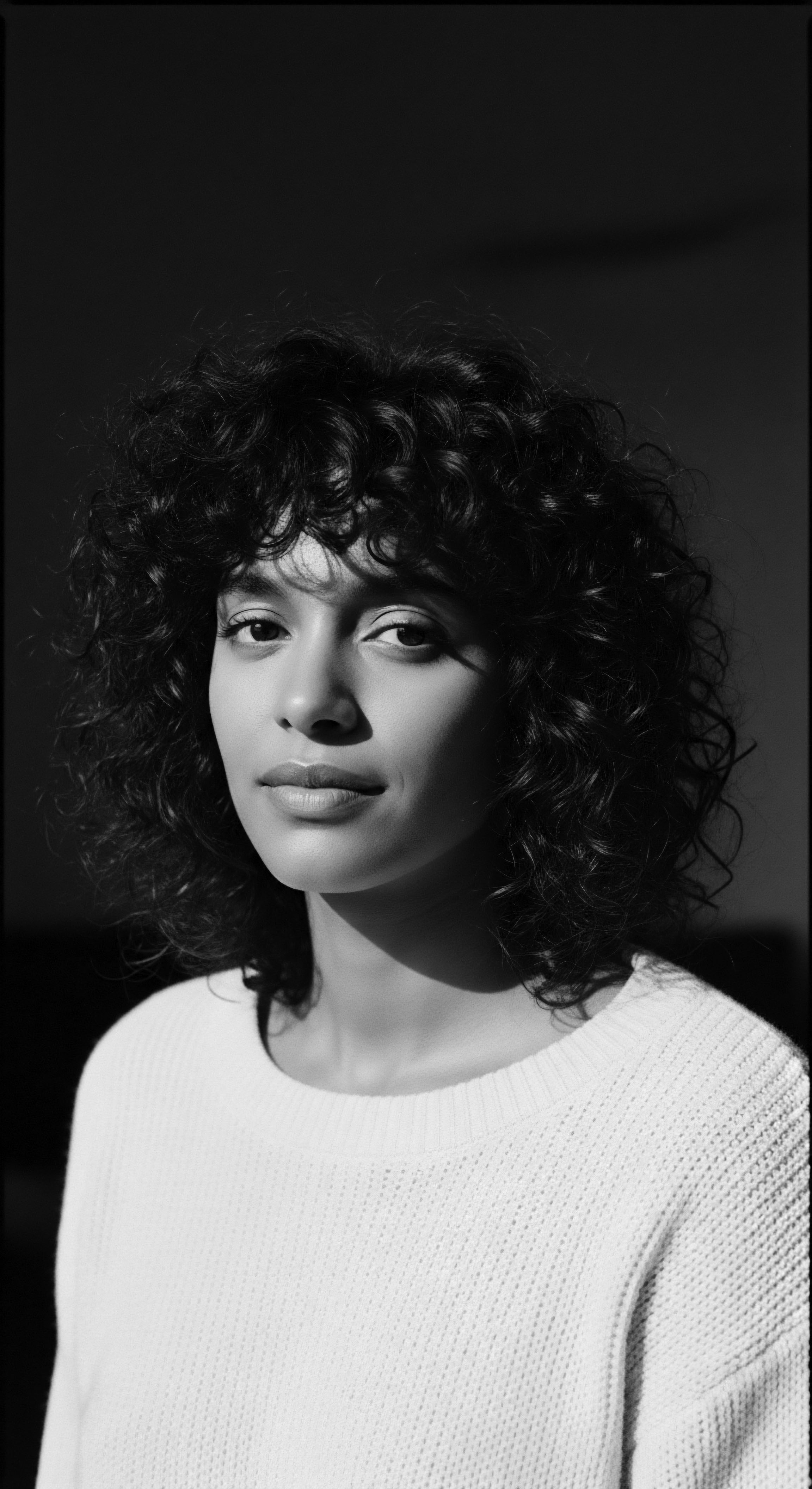
Relay
The enduring power of clays in cleansing textured hair is not merely a whisper from the past; it is a vibrant chorus, resonating through contemporary practices and scientific validation. The relay of ancestral wisdom, once passed through spoken word and embodied practice, now finds a parallel path in modern research, deepening our understanding of how these earthen wonders interact with our strands. This convergence allows us to appreciate the sophistication of traditional methods, seeing them not as simple remedies, but as highly effective, naturally engineered solutions for the particular needs of textured hair.
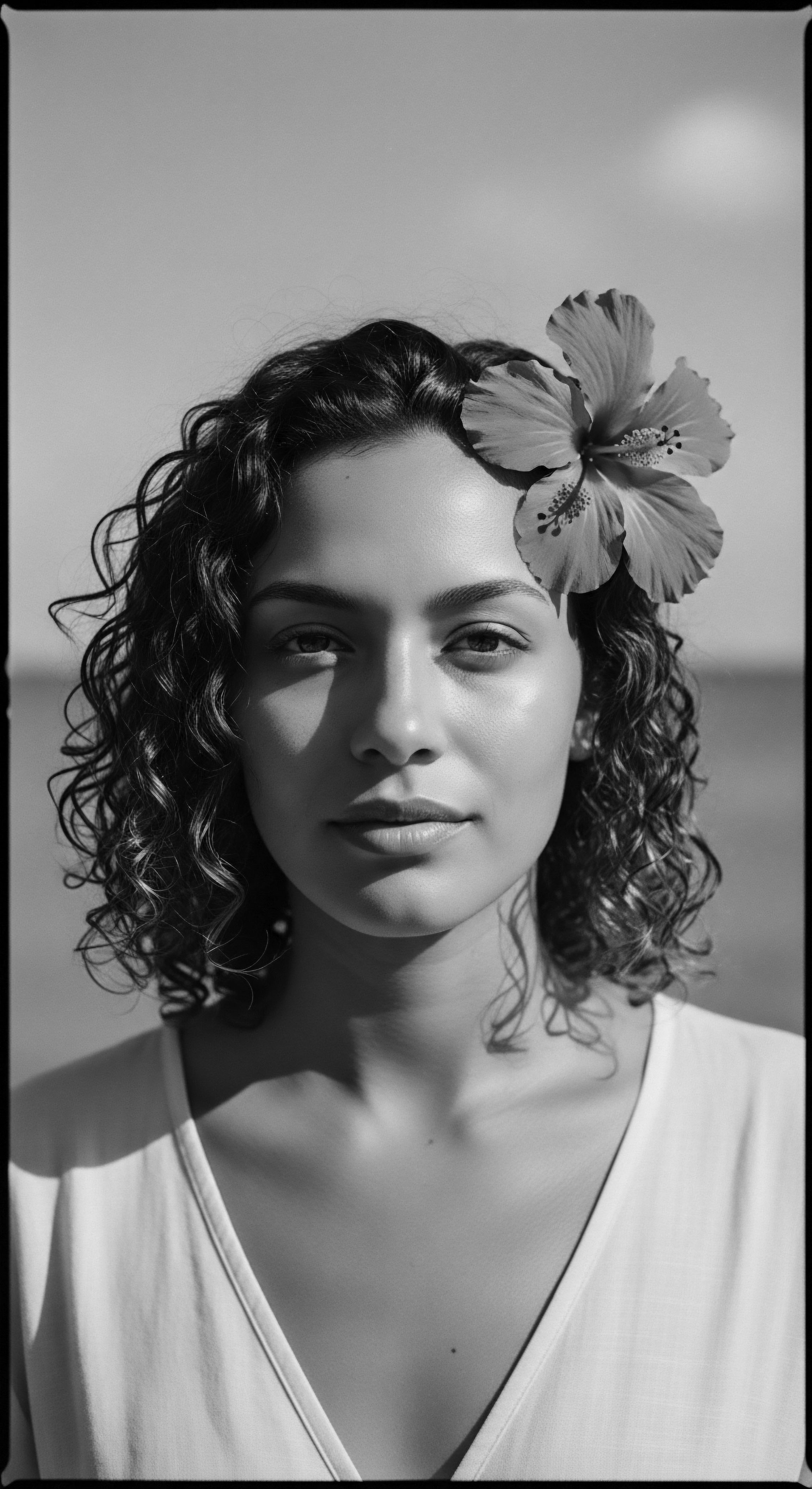
How Do Clays Interact with Textured Hair at a Microscopic Level
The efficacy of clays in cleansing textured hair extends to a microscopic scale, involving principles of adsorption and ion exchange. Clays possess a layered structure, and when hydrated, their surfaces expand, creating a large surface area with a strong negative charge. This negative charge acts as a molecular magnet, drawing out impurities, oils, and product buildup that carry a positive charge.
Bentonite clay, for example, is particularly known for its high adsorption qualities, allowing it to bind to various contaminants on the hair and scalp. This mechanism is a physical process, akin to a sponge, where the clay particles effectively soak up and trap oily residues and toxins.
Beyond simple adsorption, some clays engage in an Ion Exchange. This process involves the clay’s beneficial minerals, such as magnesium or calcium, swapping places with undesirable ions (like heavy metals or pollutants) present on the hair or scalp. This leaves the hair infused with healthful minerals while the impurities are carried away during rinsing. This dual action of drawing out and exchanging provides a comprehensive cleansing effect that leaves the scalp purified and the hair remineralized.
For textured hair, which can be prone to dryness after harsh cleansing, this gentle yet thorough action is particularly beneficial. It lifts debris without stripping the hair of its natural moisture, contributing to sustained scalp health and hair integrity.
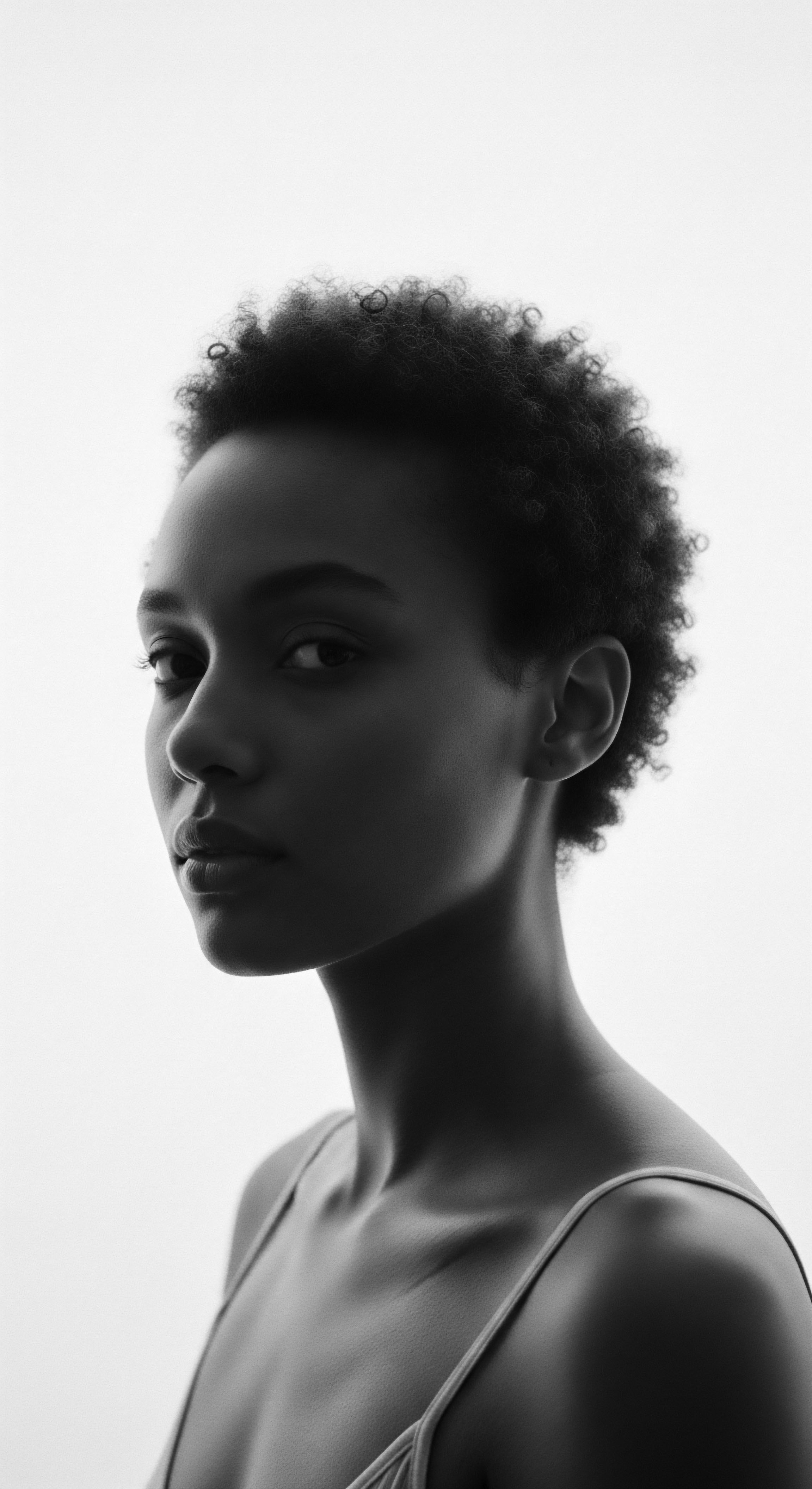
The Scalp’s Ecosystem Why Clays Promote Balance
A healthy scalp is the bedrock of healthy hair, especially for textured strands. Clays contribute to a balanced scalp ecosystem in several ways. Their ability to absorb excess sebum helps to regulate oil production, which is a common concern for many with textured hair. An imbalanced scalp environment can lead to issues such as dandruff, flakiness, and even fungal growth.
Certain clays, like yellow clay, possess antimicrobial properties, helping to soothe and balance microbial growth on the scalp. This creates an environment more conducive to healthy hair growth by clearing clogged follicles and reducing inflammation. The ancestral practice of applying clays to the scalp was an intuitive recognition of their soothing and purifying effects, a wisdom now validated by modern scientific understanding of scalp microbiology.
Clays attract impurities like a magnet, purifying textured hair without stripping its essential natural oils.
| Ancestral Observation or Practice Himba women's use of otjize for protection and hygiene. |
| Scientific Explanation of Mechanism Clay's physical adsorption and flaking action removes dirt and dead skin, offering UV protection. |
| Impact on Textured Hair Heritage Affirms traditional methods as effective and holistic solutions for environmental challenges, preserving cultural identity. |
| Ancestral Observation or Practice Moroccan women using rhassoul clay for gentle cleansing. |
| Scientific Explanation of Mechanism Rhassoul's negative charge draws out positively charged impurities while its minerals condition, maintaining scalp pH. |
| Impact on Textured Hair Heritage Highlights deep historical knowledge of natural ingredients that nourish and purify delicate hair structures. |
| Ancestral Observation or Practice Indian Ayurvedic practices incorporating clays for purification. |
| Scientific Explanation of Mechanism Clays reduce excess oil and support a healthy scalp microbiome, promoting overall hair wellness. |
| Impact on Textured Hair Heritage Reinforces the continuum of ancestral wellness philosophies that treat hair care as integral to total body balance. |
| Ancestral Observation or Practice Contemporary science offers validation for the astute observations and effective practices of ancient cultures regarding clay's benefits for hair. |

Holistic Influences on Hair Health How Do Clays Support Overall Wellbeing
The application of clays extends beyond topical cleansing; it resonates with a holistic philosophy that views hair health as a reflection of internal equilibrium. Many ancestral traditions, such as Ayurveda, emphasize the interconnectedness of mind, body, and spirit in achieving overall wellness. The act of preparing and applying a clay treatment can be a meditative, grounding experience, a mindful moment that connects one to the earth and to the wisdom of generations.
This intentionality, when combined with the physical benefits of minerals and purifying action, contributes to a sense of well-being that promotes healthy hair from within. The inclusion of clays in hair care regimens, therefore, becomes a conscious choice to align with natural processes and to honor an inherited approach to self-care.
Clays also play a role in promoting the health of the hair follicle, which is essential for growth. By removing debris and excess oils that can clog follicles, clays create an optimal environment for hair to thrive. The minerals supplied by the clay can also strengthen the hair shaft, making it more resilient to breakage. This preventative and restorative action, rooted in nature, underscores the sustained relevance of clay-based care for textured hair, providing a pathway to vibrant, enduring strands that carry the story of their heritage.
- Scalp Detoxification ❉ Clays absorb impurities and toxins, creating a cleaner scalp environment for healthy hair growth.
- Sebum Regulation ❉ They help balance the scalp’s oil production, reducing greasiness without causing excessive dryness.
- Mineral Infusion ❉ Clays deliver essential minerals like magnesium and silica, which can strengthen hair and enhance its appearance.
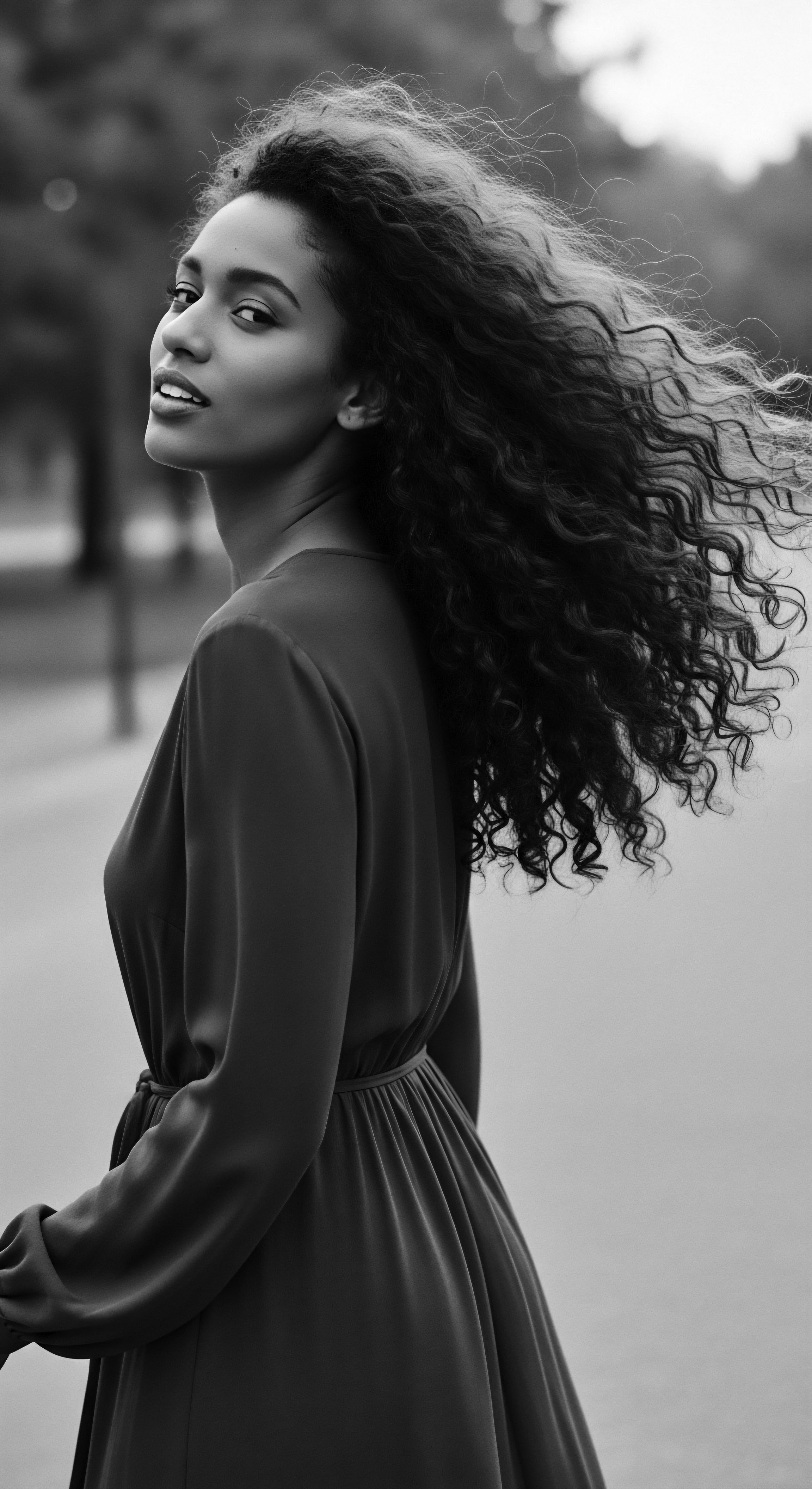
Reflection
The journey into how clays cleanse textured hair naturally is a pilgrimage through time, a meditation on the enduring soul of each strand. It is a testament to the wisdom that resides in the earth beneath our feet and in the hands of our ancestors. From the Himba women adorning their hair with otjize to the Moroccan hammam rituals, the use of clays is far more than a simple cleansing method; it is a declaration of cultural pride, a link to ancient practices, and a celebration of natural beauty.
The whispers of these traditions, carried through generations, remind us that true care is often found in the most elemental of resources, shaped by human ingenuity and reverence for heritage. As we continue to rediscover and integrate these practices, we contribute to a living archive, ensuring that the legacy of textured hair and its profound connection to the earth continues to inspire and sustain future generations.
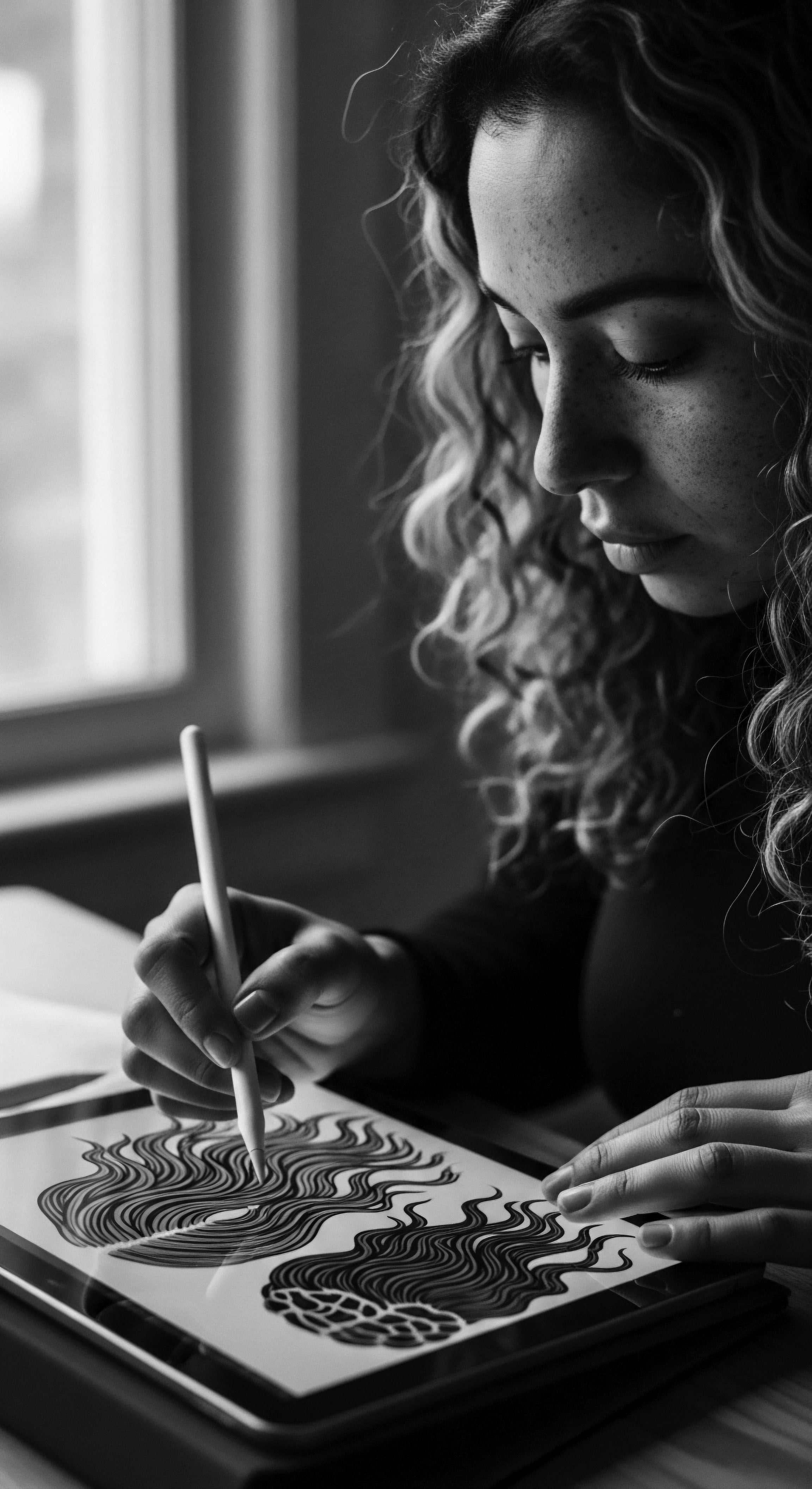
References
- BIOVIE. What are the benefits of rhassoul clay? Accessed June 3, 2025.
- Clinikally. Bentonite Clay Hair Mask ❉ The Natural Way to Detox and Revive Your Hair. Accessed June 3, 2025.
- Curl Fans. Clay Wash ❉ Everything About It. Accessed June 3, 2025.
- Daily Maverick. On the therapeutic use of clay. Accessed June 3, 2025.
- EBSCO Research Starters. Afro-textured hair. Accessed June 3, 2025.
- Fashion Post Magazine. Ancient Beauty Secrets That Are Transforming Modern Skincare. Accessed June 3, 2025.
- Fatima’s Garden. Frequently Asked Questions about Rhassoul Clay (Ghassoul Clay). Accessed June 3, 2025.
- GREENTECH. Legacy of Traditional Medicines & Ancestral Rituals in Modern Cosmetics. Accessed June 3, 2025.
- Healthline. Bentonite Clay for Hair ❉ Benefits and How to Use It, Mask Recipe. Accessed June 3, 2025.
- HeyCurls. 6 Amazing Bentonite Clay Hair Benefits & How To Use It. Accessed June 3, 2025.
- Igbocurls. DIY Bentonite Clay Hair Mask for Hair Growth on 4c Hair. Accessed June 3, 2025.
- L’Oréal Paris. Bentonite Clay for Natural Hair is Trending. Accessed June 3, 2025.
- Merigold. Origins of Clay Face Masks. Accessed June 3, 2025.
- NaturAll Club. How to Revive Natural Hair with Bentonite Clay. Accessed June 3, 2025.
- natureofthings. Getting To The Root of Hair Cleansing. Accessed June 3, 2025.
- PubMed Central. Bentonite Clay as a Natural Remedy ❉ A Brief Review. Accessed June 3, 2025.
- Rthvi. Exploring Ancient Hair Care Rituals ❉ Timeless Practices for Modern Hair Wellness. Accessed June 3, 2025.
- Substack. Ancestral Hair Rituals to Nourish Your Hair and Soul. Accessed June 3, 2025.
- Typology. The hair benefits of yellow clay. Accessed June 3, 2025.
- Wikipedia. Otjize. Accessed June 3, 2025.
- YorkSpace. Braided Archives ❉ Black hair as a site of diasporic transindividuation Océane Nyela A Thesis Submitted to the Faculty of Gradua. Accessed June 3, 2025.
